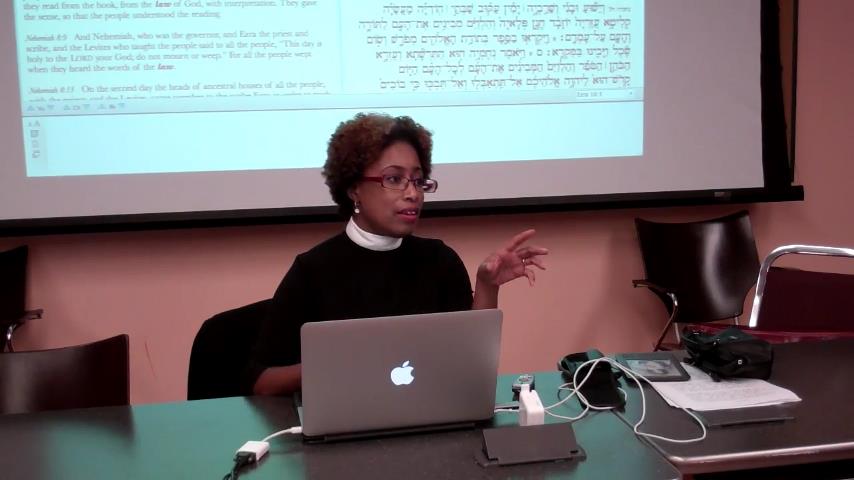
Learning From Each Other: Hevruta
As the saying goes, “sometimes the old ways are best.” (Eve Moneypenny and James Bond in Skyfall, 2012) Hevruta is a venerable pedagogy that places mutual student learning at the center of the classroom. In rabbinic tradition hevruta (“friend,” “companion”) denotes a pair who read and study sacred texts together.
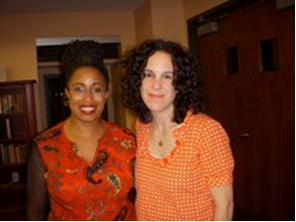
I co-taught a hevruta course with Rabbi Melissa Heller from the Reconstructionist Rabbinic College pairing Jewish and Christian seminarians (and alums in one iteration) for a number of years. A student blog from one class can be found here (Link No Longer Available). Software Exegesis is a new course in our new curriculum at the Lutheran Theological Seminary at Philadelphia, one of three options (along with Hebrew and Greek) to fulfill the Biblical Language Requirement.
I use hevruta in larger groups (up to 5) to engage in mutual teaching and learning in a number of ways. Here are some examples from a variety of courses:
1) analyze and discuss texts and topics and, generate trajectories for continuing discussion,
2) construct lectionary readings based on non-lectionary texts or topics (i.e. accounts of the fall of Jerusalem),
3) debate between literal and critical readings of texts (i.e. conquest, assimilation and revolution models of Israelite immigration),
4) design and perform public proclamations of biblical prophets addressing contemporary issues,
5) execute and reflect on Hebrew and Greek word studies using biblical studies software and,
6) translate assigned Biblical Hebrew text, review and reteach grammar.
I'll share examples of peer-learning from Hevruta: Interfaith Text Study and Software Supported Exegesis.
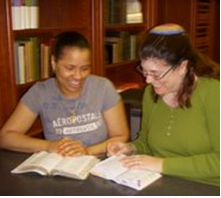
In the hevruta course, students were paired randomly but as it turns out with great (divine?) inspiration. We unknowingly paired women who each had a Jewish and Christian parent; one chose Judaism and the other Christianity. We paired Christians who believe Jews need to accept Jesus in order be saved with non-theist Jews. And we paired out, partnered gay and lesbian seminarians with others who believe same-gender attraction and relationships are morally wrong based on their understandings of scripture. We paired students who understood some Hebrew Bible (HB) texts with reference to Jesus with students who could not see a connection between those texts and traditional Christian interpretation. And, we paired students who knew the contents of the scriptures intimately with those who knew them much less well but were highly proficient in Hebrew. They were also mixed in year of study. The students read a passage from the HB and each brought a related text from their larger tradition: Mishnah, Talmud, midrash, rabbinic or apostolic fathers, NT, hymnody, liturgy, etc. Rabbi Heller and I sent them off with few reflection questions which they could use if they chose. After at least an hour in private conversation they reassembled with us discussing what they learned from their partner. While Rebbe Heller and I occasionally offered a mini-lecture on background or broader tradition, the students shaped and created the content of the course around the framework of a few pre-selected texts. Co-designing a course with objectives that were less specific than I was used to (since we had no idea what texts students would bring or where discussions would go) was difficult but incredibly rewarding. 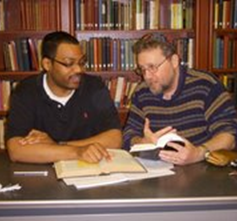
My Software Supported Exegesis course is by design an interactive workshop and a grand experiment. The syllabus is a guideline and a launch pad. After giving students some basic information about grammar categories and how they work in the respective languages and a brief tutorial on some aspect of the Accordance Bible Software, the bulk of the class is the students exploring their theological questions of the biblical text in original languages in 2-3 person groups.
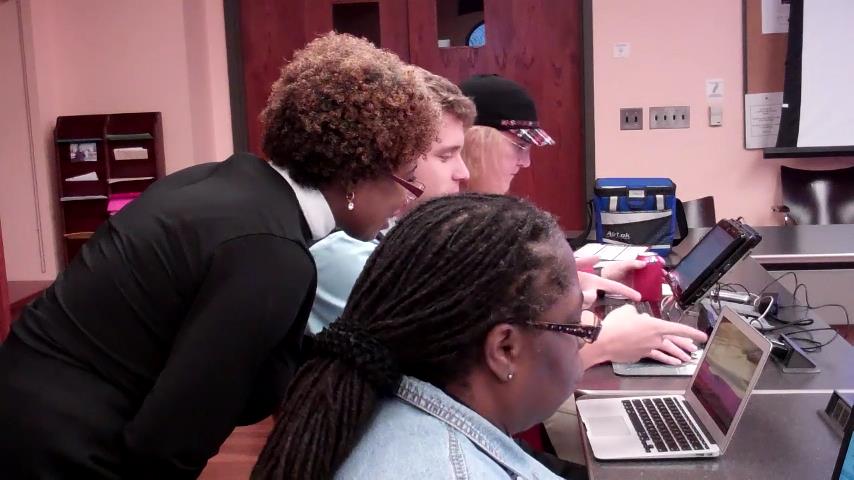
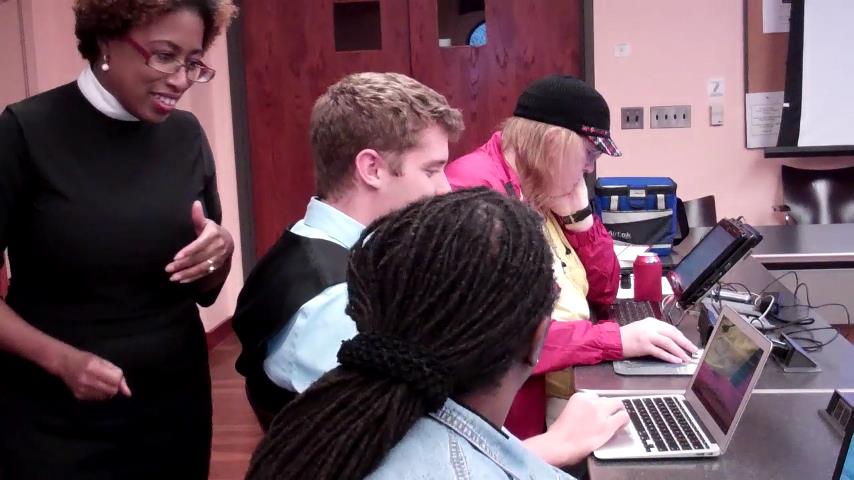
They start from a prompt or their own question with the goal of producing a sermon, bible study lesson or devotional article for a congregation. A significant part of the learning is figuring out what doesn’t work or doesn’t answer their question.
In the clip below the students were encountering Hebrew for the first time after a month with select aspects of Greek grammar. Their task was to design a word study using the approaches they used previously focusing on a noun. Objectives were to assess the efficacy of their prior methodology with Hebrew, extrapolate and evaluate adjustments and specifically, explore how the lack of cases in Hebrew affects their understanding.
